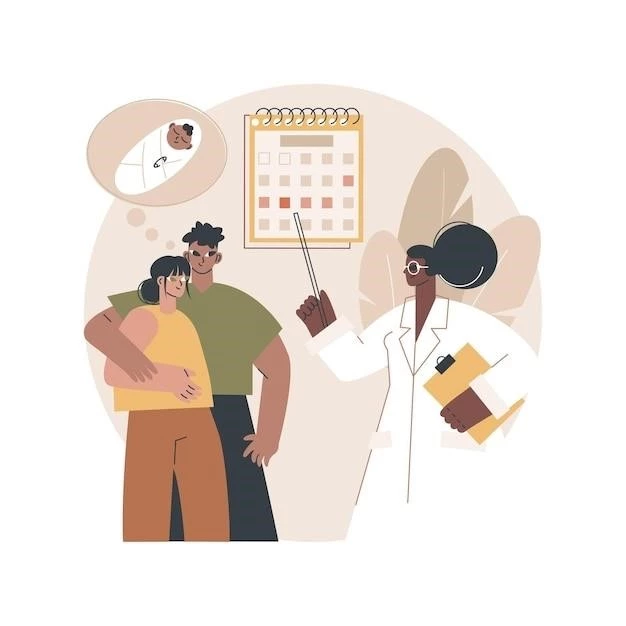Medical Conditions and Treatment Modalities
Understanding the causes of Craniosynostosis is crucial for early detection, particularly in infants. Treatment options available for Arthrogryposis focus on physical therapy to improve mobility. Surgical procedures for Cleft Palate are essential for proper speech development. It is important to consider genetic factors in Craniosynostosis diagnosis. Untreated Arthrogryposis can lead to severe complications that impact quality of life.
Craniosynostosis⁚ Causes and Diagnosis
Craniosynostosis, the premature fusion of skull sutures, can be caused by genetic mutations, environmental factors, or idiopathic reasons. The diagnosis involves physical examinations, imaging tests like CT scans, and genetic testing to identify underlying factors. Recognizing early signs such as an abnormal head shape or developmental delays is crucial for prompt intervention and treatment planning.
Arthrogryposis⁚ Treatment Options

Arthrogryposis, a condition characterized by limited joint movement at birth, can be managed through a combination of treatment modalities. Treatment options include physical therapy to improve range of motion, occupational therapy to enhance daily living skills, and splinting or bracing to maintain joint alignment. Surgical interventions such as tendon release or corrective osteotomies may be necessary in severe cases. A multidisciplinary approach involving healthcare professionals specializing in orthopedics, rehabilitation, and assistive devices is crucial for optimizing outcomes and quality of life for individuals with arthrogryposis.
Cleft Palate⁚ Surgical Procedures and Speech Therapy
Surgical procedures for cleft palate aim to repair the separation in the roof of the mouth to improve feeding, speech development, and facial symmetry. The primary surgery is often performed within the first year of life, followed by potential secondary procedures as the child grows. Speech therapy plays a crucial role post-surgery to address speech difficulties that may arise due to structural changes. It focuses on articulation, resonance, and language development to help cleft palate patients communicate effectively and lead fulfilling lives.
Genetic Factors in Craniosynostosis
Craniosynostosis is associated with various genetic factors that can influence the development and fusion of skull sutures. Mutations in genes like FGFR1, FGFR2, FGFR3, and TWIST1 have been linked to different types of craniosynostosis. Understanding these genetic influences is crucial for early diagnosis, personalized treatment planning, and genetic counseling for affected families. Genetic testing plays a vital role in identifying specific gene mutations, determining recurrence risks, and providing insights into the inheritance patterns of craniosynostosis.
Complications of Untreated Arthrogryposis
Untreated arthrogryposis can lead to a range of complications affecting mobility, joint function, and overall quality of life. Without intervention, individuals with arthrogryposis may experience muscle contractures, joint stiffness, and persistent limitations in movement. Long-term consequences can include difficulties with activities of daily living, challenges with self-care tasks, and increased risk of musculoskeletal deformities. Timely diagnosis and comprehensive treatment strategies are essential to prevent or minimize the potential complications associated with untreated arthrogryposis.
